If you enjoy Japanese-style (wafu) pasta, you‘ll love this Ume Shiso Pasta. Here, we toss spaghetti in olive oil, garlic, umeboshi, and soy sauce and top it with nori and perilla leaves. Combining simple Japanese and Italian flavors brings out the best of both worlds.
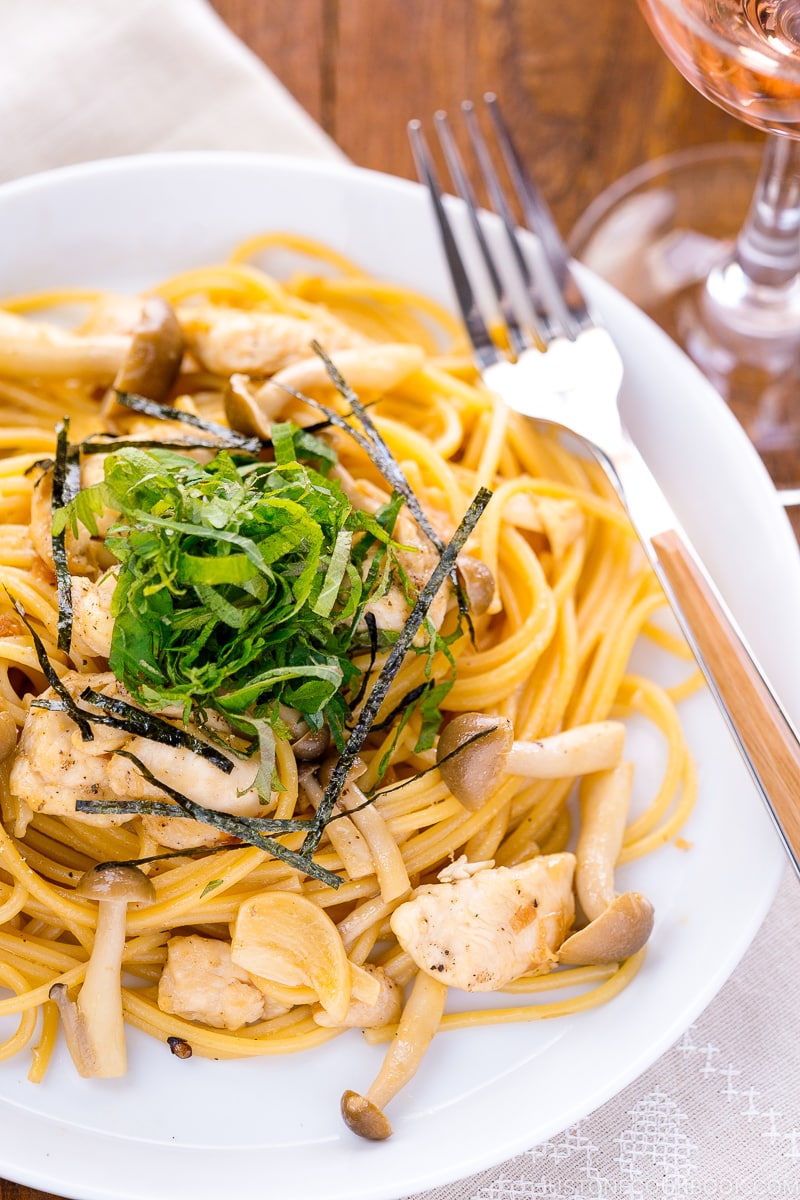
Have you tried Japanese-style (wafu) pasta before? Wafu pasta is very popular in Japan! However, these dishes are typically not offered in Japanese restaurants outside of Japan. That’s why I’ve received many recipe requests from my readers who want to make a homemade version of this style of pasta.
Today, I’m going to share a popular wafu pasta recipe called Ume Shiso Pasta. This recipe features two iconic Japanese flavors that give a delicate and refreshing twist to Italian noodles, bringing out the best of both worlds.
Table of Contents
What is Shiso?
Shiso (perilla or ooba) leaves are a popular aromatic herb used in many Japanese cooking recipes like salad, noodles, sushi, and tempura. It’s often used as a garnish or topping. You might have seen it when you ordered sashimi or sushi and the chef used shiso leaves as garnish.
I’ve used shiso in recipes like Salmon & Ikura Don and Chicken Nanban. I introduced quite a few recipes with shiso in my first two years of blogging, but I learned that this is not an easy ingredient to source for a lot of readers. As a result, I’ve tried to avoid it in my recipes, even though I love this Japanese herb!
Shiso has a unique and refreshing flavor. I hope you can find it in your local Japanese grocery stores, or grow this plant in your herb garden (they are easy to grow).
What is Ume?
Ume or umeboshi is Japanese pickled plums. Umeboshi are a popular kind of Japanese pickles (tsukemono) and they are extremely sour and salty.
We usually serve umeboshi with rice or in Rice Balls (Onigiri). If you can’t find umeboshi, you may substitute an ume paste called neri ume (Japanese umeboshi plum paste).
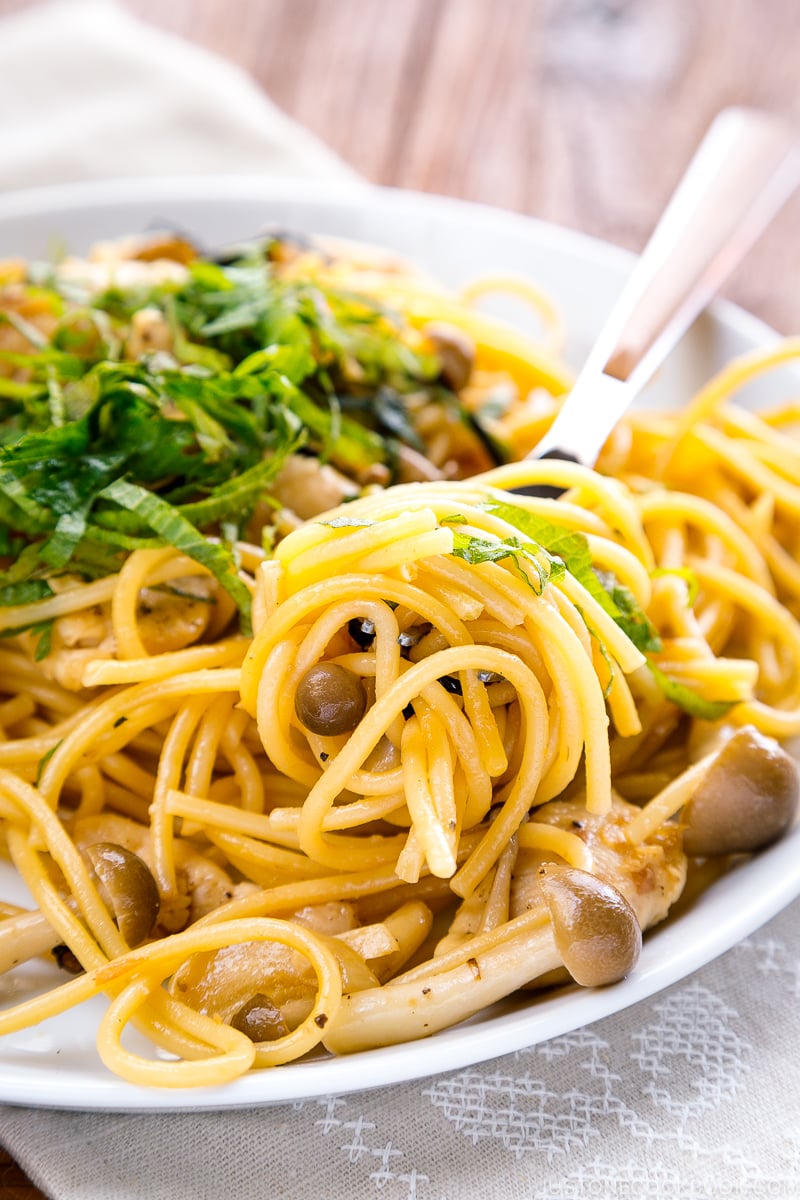
Why You’ll Love This Recipe
To be honest, this is probably one of my favorite Japanese-style pasta recipes that my mom made when I was growing up!
- Refreshing Japanese flavors – Herbaceous shiso and tart umeboshi go so well together.
- Quick to make – It takes only 20 minutes from start to finish.
- Light – A perfect light meal with a comforting taste, especially on warm summer days.
Ingredients You’ll Need
The key to tasty Ume Shiso Pasta is to keep the ingredients minimal. Otherwise, too many flavors can overwhelm the dish and the delicate ume and shiso flavors get lost. For this simple pasta, I added chicken for protein and buna shimeji mushrooms, which work really well with ume and shiso.
- spaghetti
- shiso leaves – for garnish
- a couple cloves garlic
- shimeji mushrooms
- umeboshi (Japanese pickled plums)
- chicken tenders – also called chicken fingers or strips; a very tender cut that stays moist; can substitute chicken breasts or thighs if you cannot find it
- kosher salt – I use Diamond Crystal brand
- freshly ground black pepper
- all-purpose flour
- extra-virgin olive oil
- soy sauce
- shredded nori seaweed (kizami nori) – for garnish
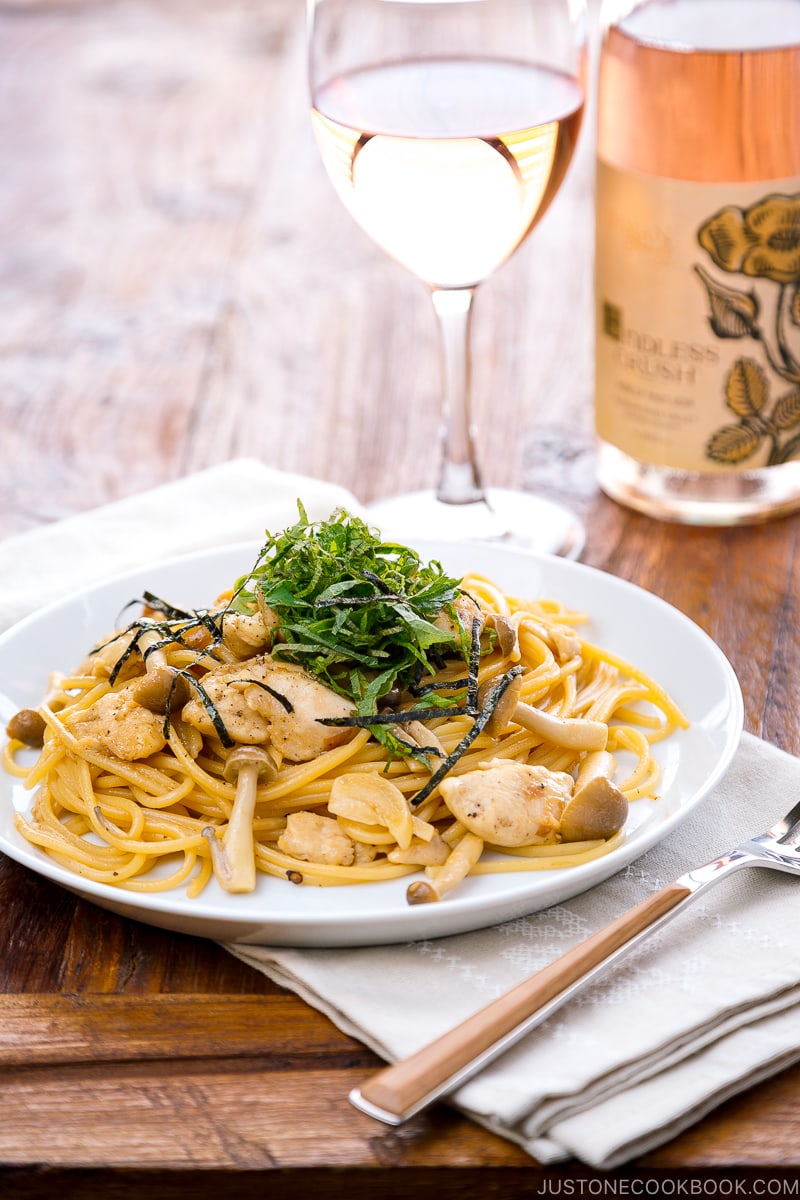
How to Make Ume Shiso Pasta
- Cook the spaghetti in a pot of lightly salted boiling water. Reserve 1/2 cup of pasta cooking water, then drain the noodles.
- Prep the ingredients while the noodles are cooking. Julienne the shiso leaves for garnish. Slice the garlic cloves and cut off the root end of the shimeji. Remove the pits from the umeboshi and mince the flesh into small pieces.
- Slice the chicken tenders into bite size pieces. Season with salt and pepper, then coat with all-purpose flour.
- Cook the sauce. In a hot pan, cook the garlic in olive oil until fragrant. Add the chicken and cook until no longer pink. Then, add the mushrooms and cook until coated with oil. Add the umeboshi, soy sauce, and half of the reserved pasta cooking water.
- Add the drained spaghetti to the pan once the chicken is coated with the sauce. Toss to coat the pasta well with the sauce. Add more pasta water and soy sauce, if you need more sauce. Season with salt and pepper to taste.
- Garnish with shiso leaves and shredded nori seaweed.
The leftovers store well, too. You can keep them in an airtight container in the refrigerator for up to 3 days and in the freezer for a month.
I hope you give this a try! You’ll love how simple ingredients play well in this quick recipe. It will make a delicious addition to your dinner recipes rotation.
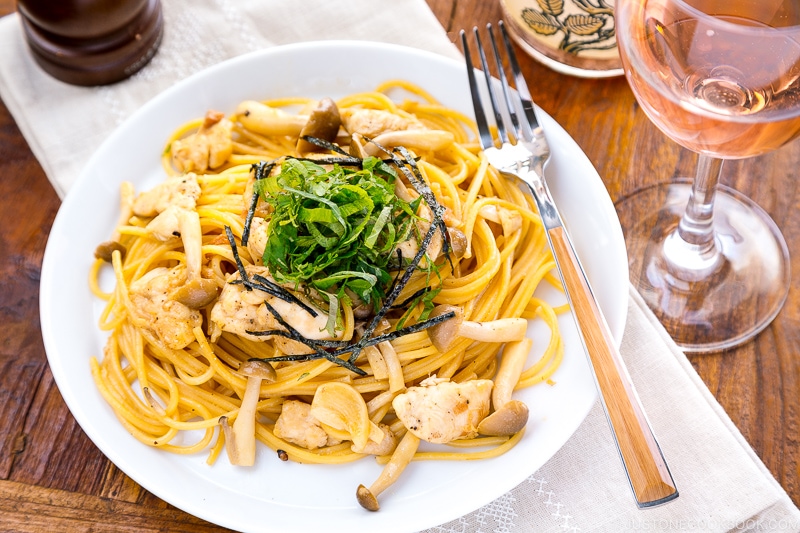
Wafu Pasta Dishes You’ll Enjoy
- Japanese Pasta with Shrimp and Asparagus
- Shiso Garlic Pasta
- Classic Mentaiko Pasta
- Miso Butter Pasta with Tuna and Cabbage
- Mushroom Tuna Pasta
Wish to learn more about Japanese cooking? Sign up for our free newsletter to receive cooking tips & recipe updates! And stay in touch with me on Facebook, Pinterest, YouTube, and Instagram.
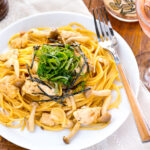
Ume Shiso Pasta
Video
Ingredients
- 8 oz spaghetti (4 oz, 113 g per person)
- 10–20 shiso leaves (perilla/ooba) (for garnish; I like to use a lot for more flavor)
- 2 cloves garlic
- 1.8 oz shimeji mushrooms (½ package)
- 2 pieces umeboshi (Japanese pickled plums)
- 4 pieces chicken tenders (also called chicken fingers or strips; these strips of white meat from either side of the breastbone stay moist when cooked)
- ¼ tsp Diamond Crystal kosher salt
- freshly ground black pepper
- 1 Tbsp all-purpose flour (plain flour)
- 2 Tbsp extra virgin olive oil (or use 1 Tbsp for a nonstick pan)
- 1 Tbsp soy sauce
- ¼ cup shredded nori seaweed (kizami nori) (for garnish)
Instructions
- Gather all the ingredients.

- Cook 8 oz spaghetti in lightly salted boiling water. Boil about 1 minute less than the package instructions as we will cook the spaghetti further in the sauce. Make sure to reserve ½ cup of pasta cooking water before you drain the spaghetti into a colander.
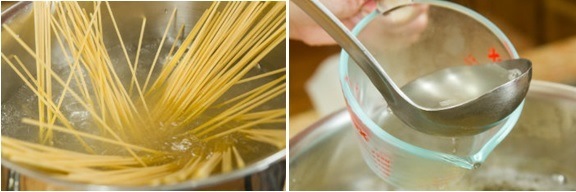
To Prepare the Ingredients
- Meanwhile, roll up 10–20 shiso leaves (perilla/ooba) and julienne into thin strips. Set aside for garnish.

- Slice 2 cloves garlic and discard the bottom (root) end of 1.8 oz shimeji mushrooms.
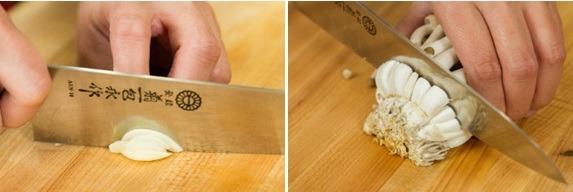
- Remove a seed from 2 pieces umeboshi (Japanese pickled plums) and discard. Then, mince the flesh into small pieces.

- Slice 4 pieces chicken tenders diagonally into 1-inch (2.5-cm) pieces; I use a Japanese cutting technique called sogigiri. Season the chicken with ¼ tsp Diamond Crystal kosher salt and freshly ground black pepper.

- Sprinkle 1 Tbsp all-purpose flour (plain flour) over the chicken and coat it well with your hands.

To Cook the Ume Shiso Pasta
- Heat 2 Tbsp extra virgin olive oil on medium-high heat and cook the garlic until fragrant.
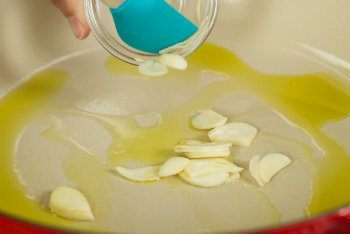
- Add the chicken and cook until no longer pink. Then, add the shimeji mushrooms and cook until coated with oil.
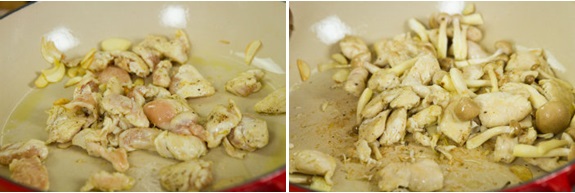
- Add the minced umeboshi, 1 Tbsp soy sauce, and half (¼ cup) of the reserved pasta cooking water.

- When the chicken is coated with the sauce, add the drained spaghetti to the pan.
- Using tongs, coat the spaghetti well with the sauce. If you need more sauce, add more pasta cooking water and soy sauce and adjust the flavor. Season with salt and freshly ground black pepper to your taste.

To Serve
- Garnish the Ume Shiso Pasta with julienned shiso leaves and ¼ cup shredded nori seaweed (kizami nori) on top and serve.
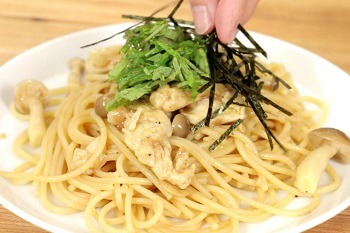
To Store
- You can keep the leftovers in an airtight container and store in the refrigerator for up to 3 days and in the freezer for a month.

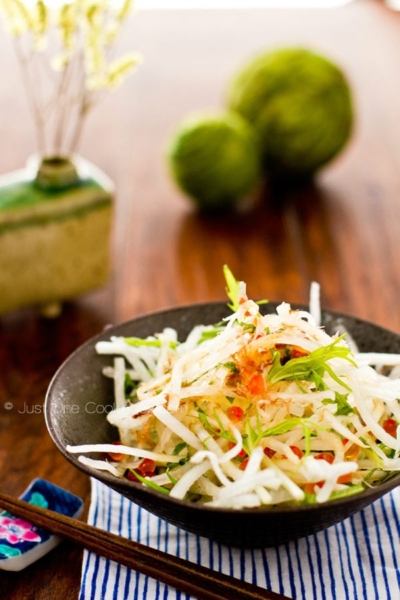
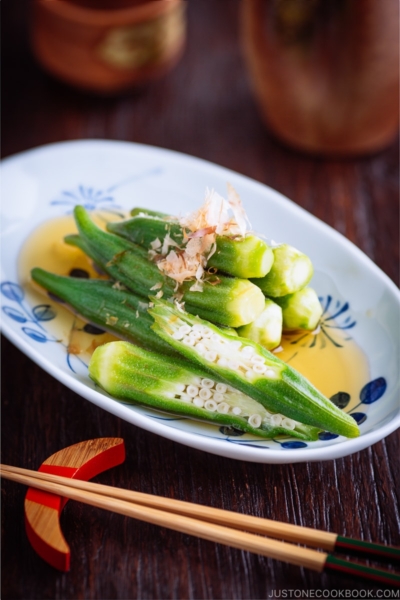
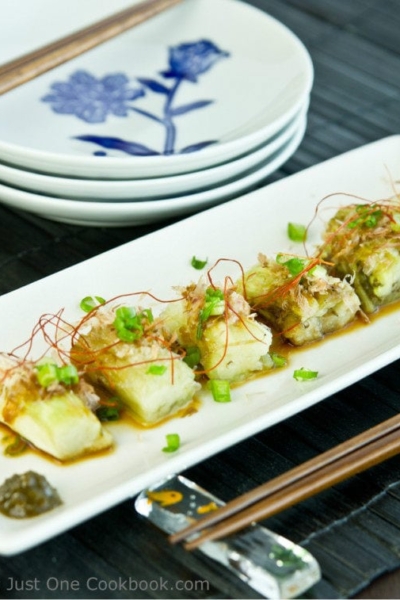
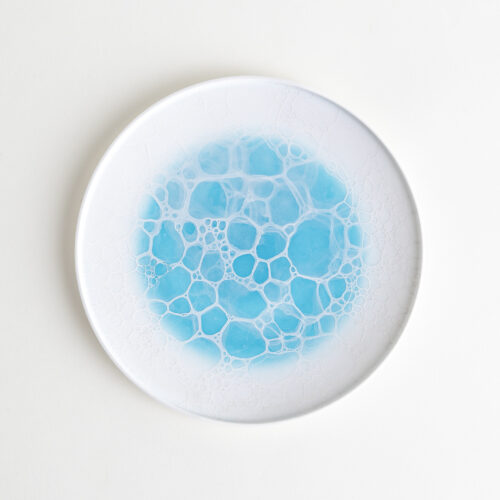
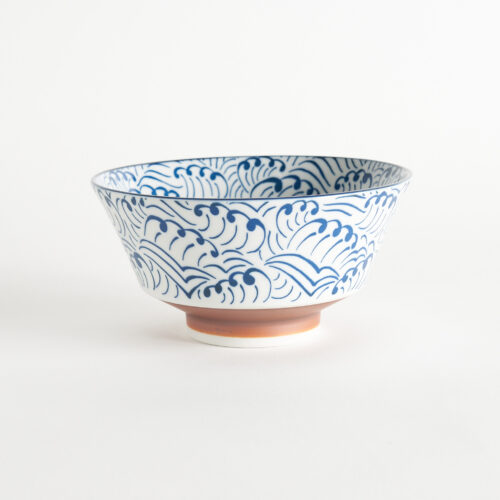
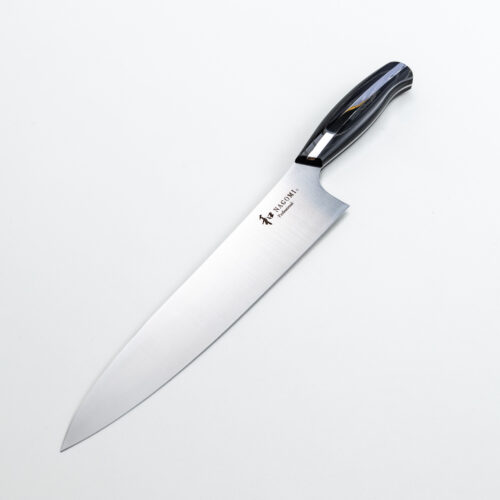
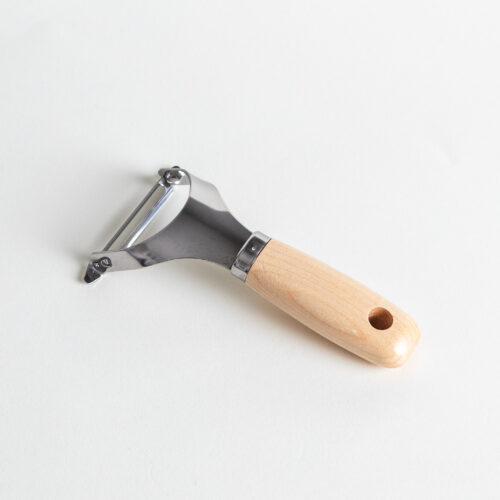

I made this and it was so delicious! I had been a little suspicious of using ume in pasta but honestly it worked out so well. The tanginess really added depth to the dish. I’ll be making this again for sure. (I used half cauliflower and half pasta for the base of this dish, if you see that in the photo.) I was looking for ways to use up the shiso I got at my local Japanese market and this was such a great use of it.
Hello, Melissa. Wow! Your pasta looks amazing!💞
Thank you for trying Nami’s recipe and sharing your feedback with us.
Happy cooking! 🤗
Hello Nami! We tried this dish a couple of days ago and were blown away at how delicious it was! (I should not be surprised, all the recipes we’ve tried from your site are delicious. :)) Definitely putting it into regular rotation this summer with all the shiso we’ve got growing in our balcony garden. Do you think adding some veggies to the pasta might work? I was thinking maybe steamed broccoli or zucchini, just for extra nutrition. I served this with an impromptu tomato salad with shiso, ponzu, olive oil and a bit of sesame oil and it was a great burst of freshness.
Hello, Yvette! Thank you so much for taking the time to read Nami’s post and try her recipes!
Nami and all of us at JOC are happy that you enjoy Ume Shiso Pasta as much as we do!
To add the broccoli or zucchini, you may need to increase the condiment in this recipe to balance out the flavor and keep the original flavor.
You can also add steamed vegetables as a side dish to balance the nutrition. We hope this helps!😊
how do you reheat the leftovers?
Hi MH Syin, Thank you so much for trying Nami’s recipe and for your kind review.
The microwave is the most convenient way to reheat this dish.
We hope this helps!
Hi Nami,
I made this today for myself and my parents as I am living at home during college and not only was it a big hit, apparently shiso and umeboshi help a lot with my chronic headache disorder (and my mother loves shiso)! I frequently eat umeboshi or umeboshi rice as a headache/dizziness cure but I have never been able to get shiso so this was my first time trying it. It was delicious so I didn’t think too much about it although I had read that shiso helps with headaches, but it’s been half an hour since I ate and my pain dropped considerably!! Thank you so much for sharing this recipe with us! We had to leave the mushrooms out because I have a mild allergy to the ones the store had, but hopefully I’ll get my hands on some proper shimeji mushrooms next time I make this dish 🙂
Hi Shehla! Thank you very much for trying Nami’s recipe and sharing your cooking experience with us!
Nami and JOC team are happy to hear that you enjoyed the dish, and it worked out very well for you!
Do you know Shiso can easily be grown in a pot? Check out your local gardening store!🙂
Hi Nami, I can’t find any shiso where I live. Is there a substitute, or can I make the recipe without it? Thank you!
Hi Yvonne, Thank you very much for trying Nami’s recipe!
There is nothing like the taste and texture of Shiso, so that you may skip them.
This dish is so delicious and made my Japanese husband so incredibly happy. Now he wants to buy a Shiso plant so we can make this all summer!
Hi Heidi! What a great idea to plant the Shiso plant!
We hope you and your husband enjoy many Shiso recipes! https://www.justonecookbook.com/#search/q=shiso
Thank you for trying this recipe and for your kind feedback.
Just so you know, Kitazawa Perilla seeds are super easy to grow in your Aerogrow garden with the “Grow Anything” kits from Aerogarden. They just thrive and are available directly from Kitazawa and also on Amazon, but only get the Kitazaawa! I keep them in the fridge until it is time to plant a new garden. Only complaint–they grow so well that I have plenty available. Any good way to save and store all the extra leaves?
Hi Judith! Yes, a lot of my readers have told me they bought seeds from Kitazawa. Thank you so much for your tip. As for keeping the shiso for a long time… I usually put the leaves between damp paper towel and store in the bag/container. 🙂
I just made this last night and it was super yummy! I used chicken thigh meat as it was a little cheaper; I personally wouldn’t recommend it for this dish. The deep flavor of the meat is distracting from the dish’s highlighted flavors and white meat would fit better.
Also, I bought umeboshi for the first time for this and didn’t realize there were different flavors. I chose shiso flavor as it seemed like an obvious match. Have you tried this with honey flavor? Now that I have so many umeboshi, what other dishes can you recommend me to use them in? Thanks for the tasty recipe!
Hi Kennedy! I’m so happy to hear you enjoyed this recipe and thanks for trying it! Thank you for your tip on chicken tighs. Yes, I’ve tried honey one before too. It’s subtle but slightly mild taste (but sour of course). We put umeboshi in rice balls, put on rice or porridge, include in cucumber salad, make dressing… what else… we basically need something to balance out the sourness and saltiness. Therefore it is often enjoyed with rice. 🙂
This was wonderful, and you’re right, the chicken tenders do cook up very moist and soft. A perfect summer meal. With all the shiso in my garden, I have a feeling I’ll be making this plenty over the next few months. This recipe didn’t really take that long to throw together.
I kind of want to taste more ume flavor, but I wonder if adding another umeboshi might make it too salty? Hmmmm.
Hi Lion! Glad to hear you enjoyed this dish! You can add more umeboshi but cut down on salt when you cook pasta. In summertime, we are supposed to get more salt (as we sweat) so it’s great dish in summer. I’m jealous of your abundant homegrown shiso! I was thinking of buying shiso to make okonomiyaki (I tried shiso okonomiyaki in Okayama and it blew my mind how delicious it was. I recommend for you too!). 🙂
Oh wow it sounds so good. Do you just add shiso to the okonomiyaki batter? Or is it on top?
It was inside, forgot if they sprinkle some on top. I had it with mochi and shiso and it was so good… I have to try it soon too!
Oh WOW! Mochi too? Is it pieces of kirimochi inside? Sounds terrific.
Hi Lion! I was going to tell you – We tried making it at home last night and it was really good. We love adding lots of shiso inside. I cut kirimochi into 4 this time (I usually cut into smaller chunks, but this time 4 because I wanted to taste the mochi). I place the mochi first, and pour over the mixture of Okonomiyaki. Ah so delicious. Kids brought it to school for their lunch today. 🙂 Oh, I put pork belly slices on top too.
Oh my gosh it sounds so amazing. I can’t wait to try it! Lucky kiddos!
Also, I have always struggled to describe shiso to people who have never had it. But I recently realized that for me it tastes *somewhat* similar to cumin. Obviously not the same but I think it’s not a big stretch. What do you think? I think this is the closest estimate I could give someone who hasn’t tried it.
Hi Lion! Hm, I LOOOOVE shiso and its flavor. But I wouldn’t say I love the taste of cumin as much. I always can’t describe it… I asked Mr. JOC and he said Umeboshi… hmmm really??? I still think shiso got a unique flavor that I can’t find the best substitute to suggest. 🙁
Oh, I was definitely not talking about a substitution, just a general idea when people say “what does shiso taste like”? It’s a question I get a lot because I grow it in my garden. I don’t think you could put cumin and umeboshi together too nicely. 😱😅
Hi Lion! Sorry, I wasn’t talking about substitution but similar taste note, right? Cumin seems a bit off from shiso… I researched in Japanese but no one seems to be able to suggest a similar taste…
Can I use ume leftover from umeshu? (since I don’t eat them)
Hi Zac! I guess you can use FP to make it into paste and add some salt to make Umeboshi! 😀
Will lobster and scallop work well instead of chicken? I’m thinking of doing this for valentine’s. Thanks!
Hi Ophelia! Ahhhh! I’m so sorry I couldn’t get back to you sooner (today was V-day…). I’ve been really busy these days and haven’t had the time to check comments. :/ They work well too. I wish I could answer sooner. I apologize.
Mrs. Chen,
I was thinking about constructing an ume-shiso pasta dish using salmon and ginger and decided to see what was on the internet before making the attempt. Your recipe was the first to come up. Thank you very much for your recipe.
My suspicion is that you are a stickler for detail. You misspelled “boiling” in #1 and passed from #1 to #3 without a #2. It is not my intention to insult you so my apology if I have offended you.
Hi Wesley! Thanks so much for letting me know! It’s fixed. 🙂
Hey Nami ~ Deer leave shiso alone as it is part of the mint family and wind won’t bother them. Shiso can be invasive so you need to make sure that you plant it someplace that you don’t mind it to take over as it will come back year after year! I planted shiso in a planter on the side of my house and now several years later they have spread into my lawn! 🙂
http://justhungry.com/how-grow-shiso-perilla
Hi Donkichi! REALLY!?!?! 😀 I’m so happy to hear it grows in windy environment and deer won’t eat them!!! I have to find shiso seeds! Thank you so much for your comment! 🙂
Whoops! Just realized that you already had a Hiyashi Chuuka recipe out! Sorry, but where do you get the noodles from?
Glad you found the recipe! 🙂 I buy Hiyashi Chuka noodles from a Japanese or Asian supermarket (in refrigerator section of Japanese isle) but discard the premade sauce. 🙂
K, thanks, Nami!
Hey, Nami! 🙂 This recipe looks super good! But I was just wondering if you could use it using pickled shiso leaves (I know that sounds weird) because that’s all I have at home. I was also wondering if you could post a recipe on Hiyashi Chuuka because that’s what I always love eating during the summer! And also, if you do make a recipe on that, where do you think I can get the noodles? Thanks, and hope you have a great summer!
Hi Megumi! Pickled shiso? I don’t think I had that before… What kind of pickles are they? And how were they pickled? Kind of hard to say if it works as I am not sure this pickled shiso… It sounds delicious though. 🙂
Well, it technically tastes exactly like umeboshi since it’s in the same jar as the umeboshi is in and the colour turns purple and is more moist than just a shiso leaf. It’s kinda complicated, but I don’t know how to post a picture of it; wish I could, though!
Oh!! I know which one! I like those with umeboshi and I always buy one with shiso in it. Okay… I’d add those shiso in the pasta but pasta gets sour if you put too many. It’s a bit different flavor from fresh shiso though as it’s pickled. Hope you can find shiso next time. If Asian store doesn’t carry it, buy Perilla from Korean stores. Japanese stores should almost always carry it. 🙂